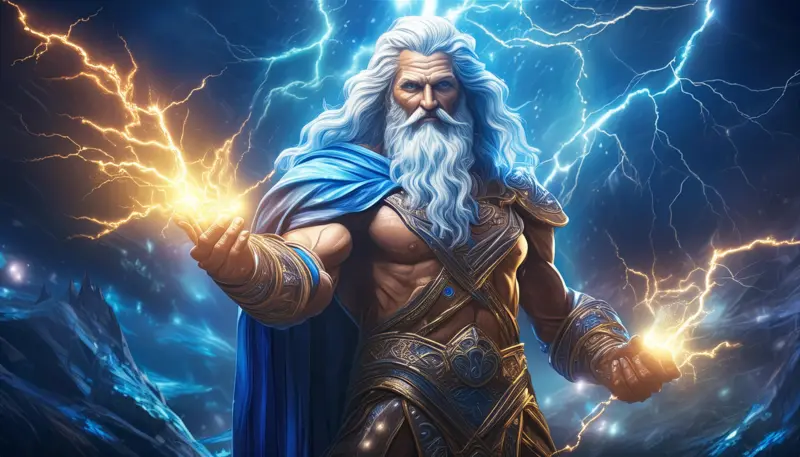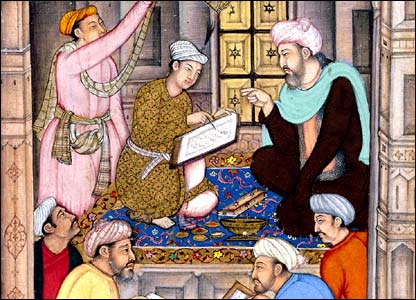
Anubis: The Enigmatic God of the Dead in Egyptian Mythology
admin
- 0
kfoodfair2015.com – Anubis, the ancient Egyptian deity, is one of the most recognizable figures in the pantheon of gods and goddesses that populated the mythology of the Nile Valley. Often depicted as a man with the head of a jackal or as a black canine, Anubis was a multifaceted deity whose roles included being the God of the Dead, the God of Embalming, and the God of Mummification. His significance in Egyptian mythology and religious practices spanned thousands of years, reflecting the deep-seated beliefs of the ancient Egyptians regarding death, the afterlife, and the transition between the two.
The Origins and Evolution of Anubis
The origins of Anubis are somewhat shrouded in mystery, with his worship dating back to the Early Dynastic Period of Egypt. Initially, he was not solely associated with death and the afterlife; rather, he was a more general god of the desert, which was considered a dangerous place by the ancient Egyptians. Over time, his role evolved, and he became more closely associated with the dead and the process of mummification. This transition was likely due to the desert’s role as a place of burial, where the bodies of the deceased were interred in the sands.
The Role of Anubis in the Afterlife
Anubis’s primary role was that of a psychopomp, a guide for the souls of the dead. He was believed to lead the souls to the Hall of Ma’at, where their hearts would be weighed against the feather of truth. This judgment determined whether the soul would be granted eternal life or be devoured by Ammit, the devourer of souls. Anubis was also responsible for overseeing the embalming process, ensuring that the body was properly preserved for the afterlife. This was crucial, as the ancient Egyptians believed that the preservation of the body was essential for the soul’s journey in the afterlife.
Anubis in Egyptian Culture and Religion
Anubis was a central figure in Egyptian funerary practices and was often depicted in art and literature. Temples dedicated to Anubis were places of worship and ritual, where people would seek his favor and protection in the afterlife. He was also invoked in magical texts and spells, which were believed to offer protection and guidance to the deceased.
The Symbolism of Anubis
The jackal, which Anubis is often depicted as, was a symbol of both death and rebirth. This duality reflects the ancient Egyptian view of death not as an end but as a transition to another form of existence. Anubis’s association with the jackal also ties him to the desert, a place of both danger and transformation, where the bodies of the dead were mummified and prepared for their journey into the afterlife.
Conclusion
Anubis, the God of the Dead, embodies the ancient Egyptian fascination with death and the afterlife. His role as a protector and guide for the souls of the deceased reflects the deep-seated belief in an afterlife and the importance of proper burial and mummification. Through his evolution from a desert god to a deity closely associated with death and the afterlife, Anubis remains one of the most intriguing and enduring figures in Egyptian mythology. His legacy continues to captivate the imagination, serving as a testament to the rich cultural and religious heritage of ancient Egypt.


